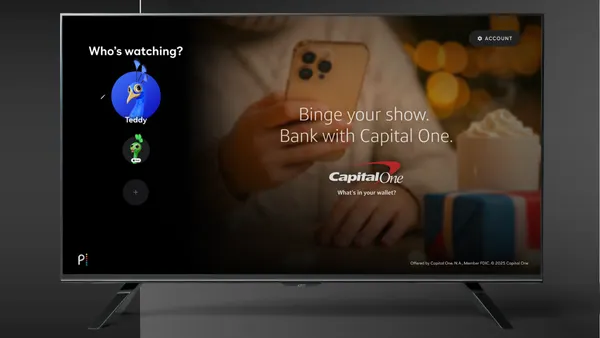Dive Brief:
- Google is helping publishers prepare for the release of a native ad-blocking technology to its Chrome browser, which the company officially said will launch next year, via an Ad Experience Report that shows how sites' advertising user experience stacks up against the Coalition for Better Ads' Better Ads Standards, according to a Google blog post.
- The tool provides publishers with videos and screenshots of unacceptable ad experiences to make it easy to find and fix issues in advance of the Chrome ad block feature. Google is also introducing a program called Funding Choices, now in beta, that allows publishers to show site visitors using an ad blocker a customized message to either disable the software or otherwise pay for a pass that provides an ad-free experience through Google Contributor.
- The ad-blocking feature will be turned on by default for users once Google rolls it out next year, according to The Wall Street Journal, and might seriously impact publishers' revenue sources.
Dive Insight:
While Google integrating an ad blocker into its popular browser might appear to some like pouring gas on the fire, the tool seeks to improve the overall quality of the user experience — an improvement many have cited as key to winning the battle against ad blockers. Regardless, many have expressed concern that the Chrome filter puts too much power in Google's hands, as the company is expected to account for 78% of U.S. search ad revenue and 12.5% of display revenue in 2017, according to forecasts from eMarketer. Google is also a member of the Coalition for Better Ads, which has dictated what constitutes the unacceptable or offensive digital advertising experiences that the blocker will monitor for.
The Funding Choices program, for its part, fits into an already growing trend among publishers including The Atlantic and Business Insider of pushing direct messages to ad-blocking users either asking or demanding they turn their blockers off or otherwise pay up for a subscription.
"Funding Choices allows us to have a conversation with visitors using ad blockers on how our business works, and provide them a choice to whitelist or contribute to our newsroom," said Marc Boswell, SVP, sales operations and client services at Business Insider, in the blog post. "We’ve found that people are generally open to whitelisting once they understand how content gets created.”
Google has a vested interest to keep the online ad industry humming given that those ads are where it continues to make a huge chunk of its revenue. Ad-blocking technology hurts all digital advertising players but especially publishers who don't see a dime for ads that are not viewed, so the culling of particularly intrusive or otherwise valueless ads might actually be of benefit in the long run.
However, some recent research has gone against the industry grain that ad blockers are adopted solely because they worsen the user experience by slowing load time or demanding more data. AdBlock Plus and Global Web Index released a report on U.S. ad block adoption last week that found many consumers turn to ad blockers simply because they don't want to see any advertisements on their devices at all, regardless of relevance or quality.












